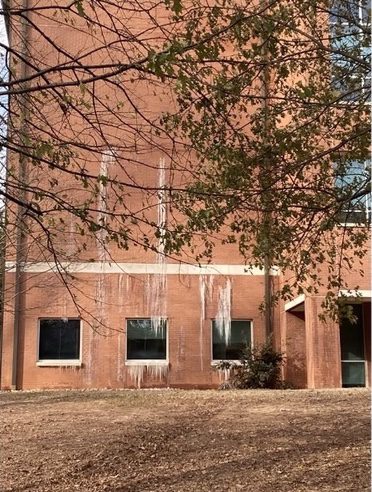Brianna Lombardozzi had begun to prepare Christmas Eve dinner for her family when she received a phone call about a burst sprinkler head in the Lightsey Bridge apartments. Anthony Harvey’s phone rang as he and his wife began their holiday gift exchange. Dr. Leasa Evinger’s notification came while she wrapped presents ahead of a Christmas Eve church service. Over the next few days and weeks of Winter Break, countless University employees would put plans on hold and return to main campus to address the 35 buildings that suffered millions of dollars’ worth of damage due to the extreme cold with the start of Spring semester a few weeks away.
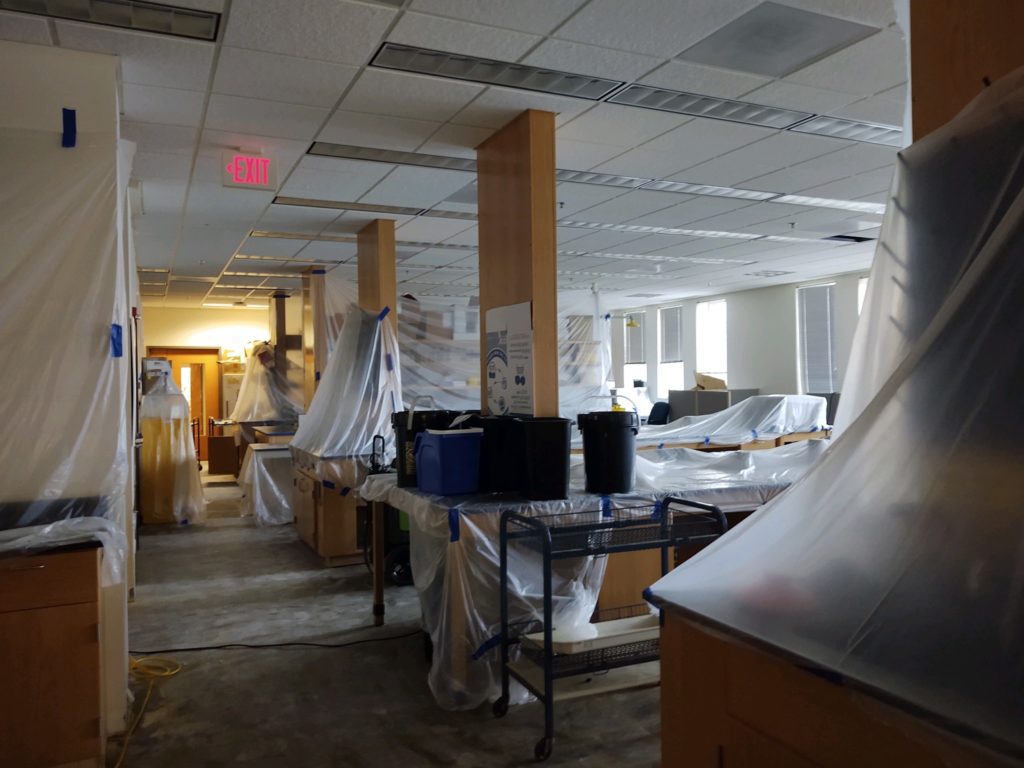
The combination of single-digit temperatures and a loss of steam for heating combined to quickly lower main campus building temperatures, resulting in flood damage from primarily frozen coils in air units and sprinkler systems. Incidents occurred over several days, requiring immediate action and coordinated recovery efforts.
Alarms and calls to the Clemson University Fire Department began at 8:30 a.m. on December 24 and did not stop until 10 p.m. that night, according to Clemson University Fire Department Captain Jessica Landreth.
“As the shift supervisor, I oversaw deploying units to multiple calls simultaneously while also responding to calls and handling calls myself,” said Landreth. “The volume of calls we were faced with is not something that is common, and it was very tiring for our units.”
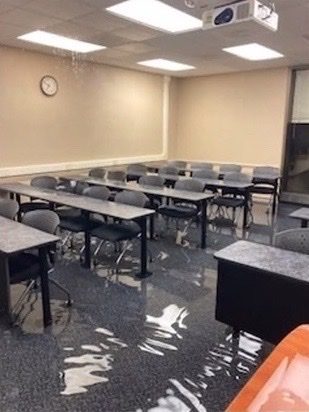
CUFD and the Clemson University Police Department worked with University Facilities and Housing and Dining to respond to alarms across campus. Christmas Day brought new problems, including massive water damage at R.M. Cooper Library. The University quickly contracted restoration service SERVPRO to begin water extraction, drying and demolition.
The changing nature of the incidents posed unique challenges. Employees walking to check on one building would hear or see running water in another. Buildings that showed no issues during morning surveys would ring alarms in the afternoon as warmer temperatures thawed frozen pipes. Monday revealed even more areas requiring attention before temperatures stayed above freezing for good.
Sixty-two staff from University Facilities joined employees from University Housing, Occupational and Environmental Safety, CCIT, Emergency Management and others to play an important role in the University’s response.
“I am humbled by the dedication of the University Facilities’ team and truly grateful for the resilience they demonstrate in difficult times,” said Todd Barnette, Chief Facilities Officer. “With their commitment, and the commitment of our University partners, a potentially disruptive event was transformed into a successful campus reopening with limited impact to the students, faculty and staff we serve.”
Going Above and Beyond
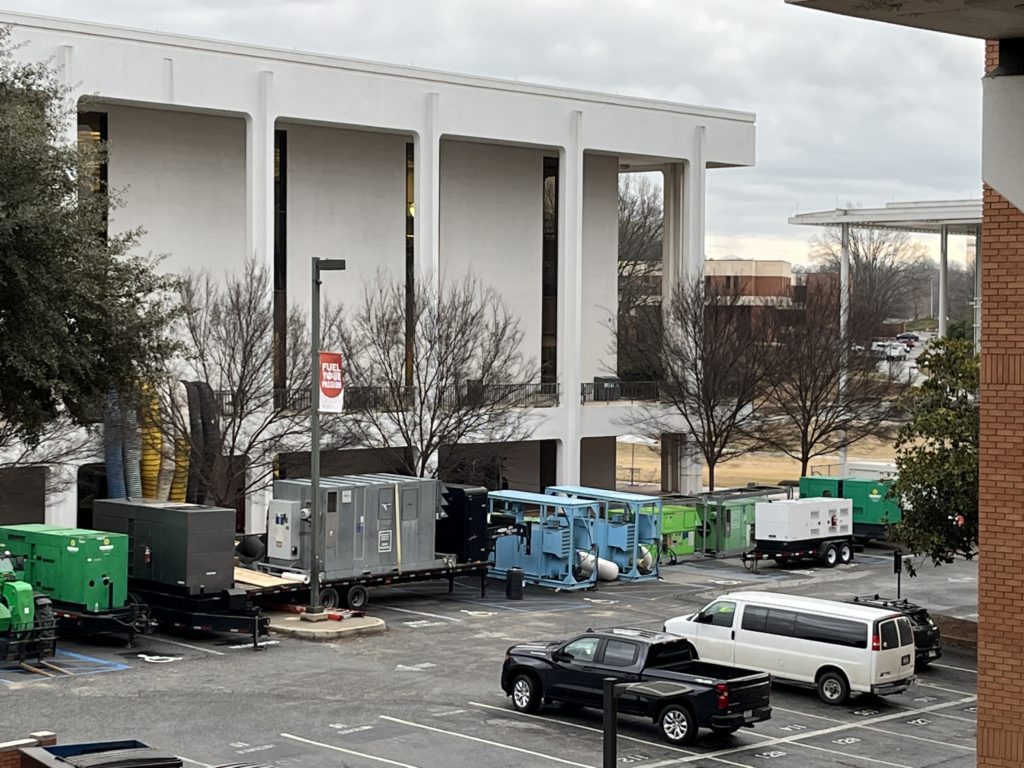
Brianna Lombardozzi and Christine Charette, Community Director, arrived at Lightsey Bridge on Christmas Eve to find inches of water soaking student apartments—a scene they would encounter in multiple areas over the next few days as they were called back from their homes. When Facilities personnel stopped the water, Housing, Facilities and Custodial staff then began documentation and cleanup.
“Our initial response was, ‘What can we get off the floor? What can we salvage in the moment?’” said Lombardozzi.
Housing staff returned the day after Christmas to collect, wash, dry and fold 12 affected students’ belongings in the common laundry room before delivering them to their relocated living spaces after the new year. Later that night, they received another call as water in another building—Calhoun Courts—began to pour through the ceiling. Throughout the break, staff were in contact with students to provide information about the condition of their apartment, offer to provide pictures or video call into their spaces, and fulfill any requests with respect to careful moves of their personal property.
“We used the utmost discretion and care because we wanted everything to be settled for them when they came back,” Leasa Evinger, Director of Residential Living, said. “We really focused a lot on that, especially because students were not here to take care of their belongings themselves.”
I didn’t hear anybody complain. Nobody said ‘no.’ That was one of the things I’ll always remember … it was a big team effort where everybody came together to help out.”
Anthony Harvey, Associate Director of Facilities Maintenance
Doing laundry was far from the only out-of-the-ordinary task. Flooring removal revealed asbestos to abate in several non-residential buildings, labs needed to be checked for hazardous materials and equipment malfunctions, and classrooms needed to be cleaned before instruction began on January 11.
Jim Grieger, Executive Director of the Office of Occupational and Environmental Safety, coordinated with researchers and administrators affected by the water.
“Everyone was completely committed to respond and get things fixed,” he said. “The responders I worked with all sacrificed important personal time to ensure the University could become operational again. It was awesome to see and I’m fortunate to work with such professionals.”
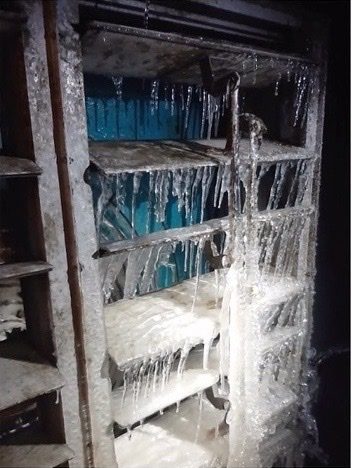
Anthony Harvey, the Associate Director of Facilities Maintenance, was the one who called Brianna Lombardozzi on Christmas Eve. He will never forget the spirit of camaraderie from those who gave up time with their friends and family.
“I didn’t hear anybody complain. Nobody said ‘no,’” he said. “That was one of the things I’ll always remember. It’s not easy work when you have water coming down and you’re trying to move heavy rugs, but it was a big team effort where everybody came together to help out.”
Work will continue on several buildings, including Cooper Library and Calhoun Courts, before they are fully operational.
The University is reviewing the “perfect storm” of conditions that caused the damage and what lessons can be implemented to avoid future incidents.
“Whenever you have something like this, you need to learn from it. We’re looking at everything to see how we can be more prepared so this doesn’t happen again,” said Barnette. “But as far as our response goes, I can’t question anything. It was second to none.”

